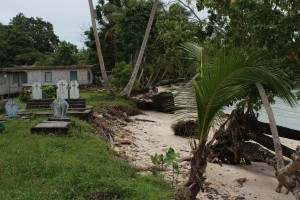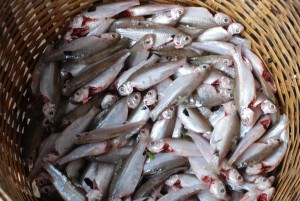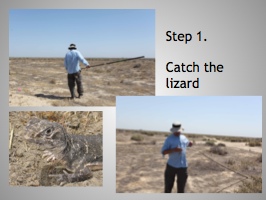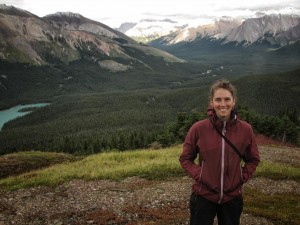The need to reconcile food production, multiple ecosystem services (ES) and biodiversity conservation has spurred the search for more sustainable ways of farming. In this context, my approach consists in getting insights from the past to support the management of present and future agroecosystems.
First, I investigated how past agricultural practices can affect current ecosystem functioning. A better understanding of such legacy is of key importance for predicting human environmental impacts. In some South American wetlands, I found that humans have created favorable habitat for crops, but also for a high diversity of organisms that today maintain the vestiges of fields against erosion since they were abandoned hundred years ago. Based on these results, I came to understand how to exploit synergies between human actions and those of natural soil organisms (such as social insects, earthworms and plants) to design agroecosystems that support food production, biodiversity and soil fertility.
Second, I tested how a historical perspective on ES can help meet the challenge of managing multiple ES simultaneously. To do this, I reconstructed the provision of nine ES (including food production, carbon storage, flood regulation, recreational activities) over the past 35 years in an agroforested landscape in Quebec, Canada. My results demonstrated that individual ES, ES assemblages, and interactions among ES changed across both time and space, driven by combination of policy changes, biophysical and socio-economic characteristics of the study region. My approach led to a better understanding of how multiple ES interact, how trade-offs and synergies emerge, and how interactions may shift through time as social-ecological conditions change.
Dr. Delphine Renard
McGill University & Quebec Center for Biodiversity Science







